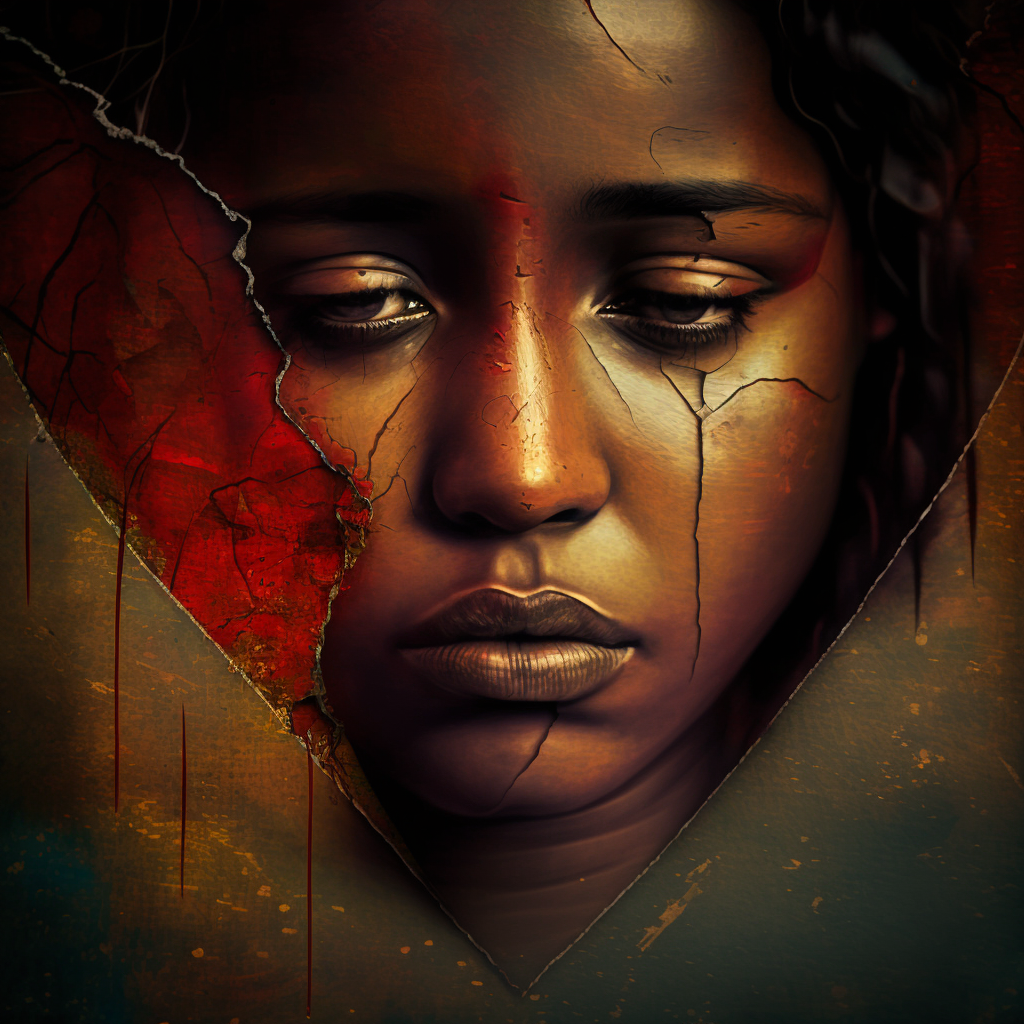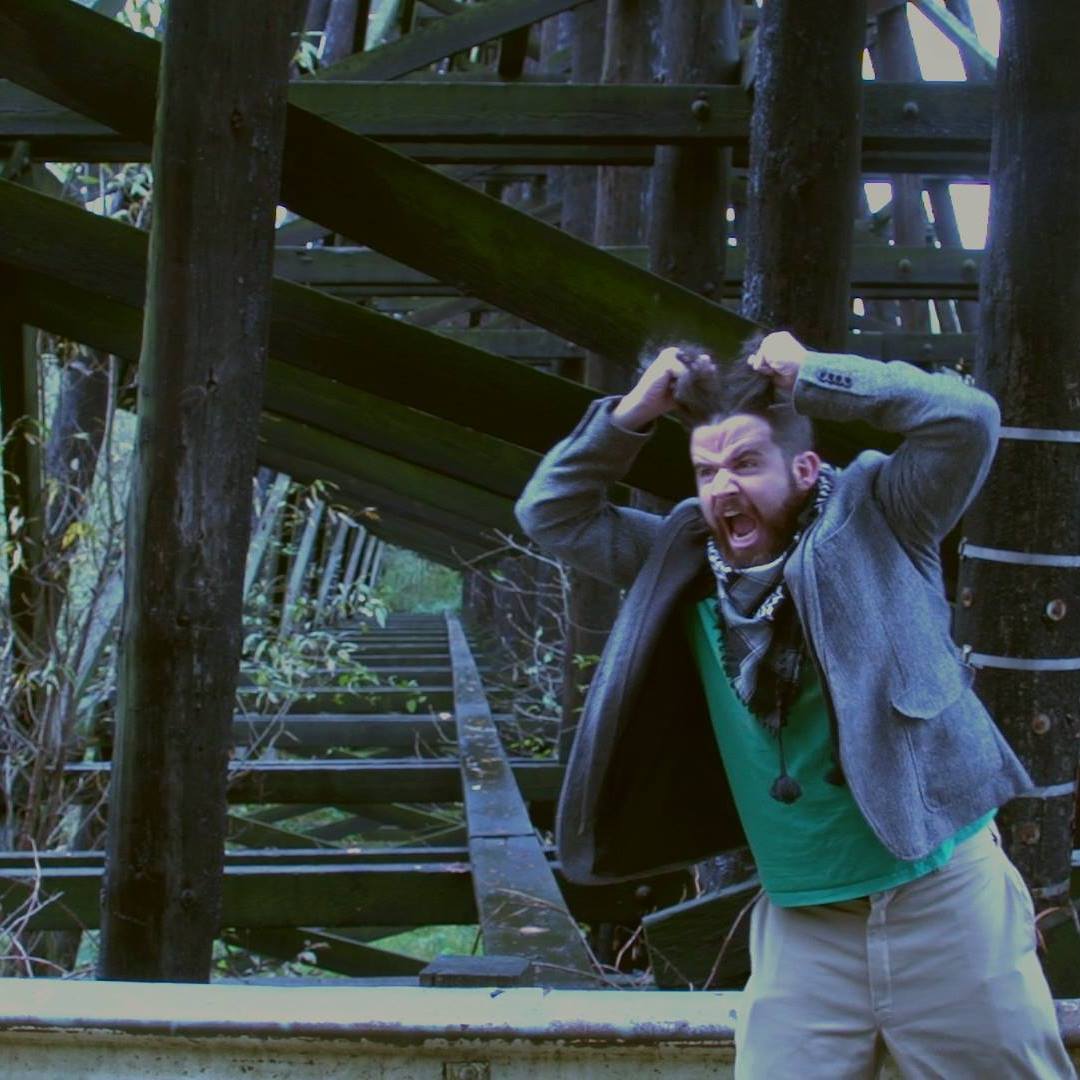When Your Partner Says #MeToo
By Shaun Hamilton
"When Your Partner Says #MeToo: Your Role And Responsibilities In Their Recovery Process" is a powerful and vulnerable book by author Shaun Hamilton that offers practical insights and strategies to help partners navigate the complex and emotional journey of supporting their loved ones through recovery from sexual violence.
Through his own journey of supporting his loved one through the healing process, Shaun gained firsthand insight into the complex emotions, challenges, and uncertainties that partners face. His vulnerability and openness about his own struggles and mistakes provide readers with a sense of empathy and understanding that is essential in supporting loved ones who have experienced sexual violence. By sharing his story and offering practical guidance, Shaun's book empowers partners to become better allies and advocates, creating a more supportive and healing environment for survivors.

A Look Inside:
When Your Partner Says #MeToo
The Partner:



Hi, I'm Shaun, and this is my wife Kristin.
This picture is of us after a 5 mile hike up to this beautiful viewpoint in the middle of the four tallest mountains in the Pacific Northwest (that's Mt Rainier photobombing us). Kristin bought me this adventure deal for my birthday and it was a very intense experience for many reasons.
Introduction
Sneak - Peek
Scroll through this sneak peek preview to see if "When Your Partner Says #MeToo: Your Role And Responsibilities In Their Recovery Process" hooks you like it has so many other readers. At the end, you can unlock the entire first chapter for FREE by signing up to the newsletter!
Scroll to read
Introduction
At this point I should introduce myself. My name is Shaun Hamilton and I am a U.S. Navy Veteran. I’m not a doctor or a therapist and yet for whatever reason, I seem to gravitate towards those who are. If a historian were to look back at every one of my long term relationships (4 of them), they might say I have a type. I’ve dated a psychologist, two behavioral therapists, and I married a hypnotherapist. I did take a class on British Psychoanalysis in college though, which turned out to be a biographical study of Sigmund Freud. It was an interesting class to say the least.
I need to take you on a quick history lesson to connect a few dots before we get started. I need you to have an open mind about the connection between child abuse, social norms, political landscapes, and how the self interests of a few key individuals can have a substantial impact on the collective consciousness of a society. I need you to consider the consequences and implications that some influential decisions have had on our understanding of sexual violence and it’s pervasiveness in our communities. I’m going to start this conversation by talking about Sigmund Freud.
Being one of the pioneers of psychoanalysis, Freud came up with one particular theory that some women who were experiencing a wide range of physical symptoms or neurosis were doing so because they had subconscious latent incestuous sexual desires that were being repressed. It’s a wild theory that has created a lot of division within the psychology community about whether this theory has caused more harm than good. What’s even more concerning about this is that this theory of Freud’s comes after he seems to have abandoned his own “seduction theory.” Now, I’m not going to go too deep into either of these theories, only to say that Freud’s “seduction theory” proposed that the cause of his patient’s symptoms was due to sexual trauma and not repressed fantasies or desires. In a publication written about why Freud abandoned his seduction theory, the author, Dr. Joel Kupfersmid noted that one reason was because, “belief in the seduction theory necessitated believing in high rates of child sexual abuse as well as having to affirm that his father had been seductive.”
This is to say that Freud chose to abandon his seduction theory partly because it was too difficult to believe that the level of child abuse was as high as it would’ve needed to be to explain all the cases of “hysteria” in his patients. He was also confronted with his own denial that his father had been responsible for abusing him and his siblings.
The reason I’m bringing this up at the beginning of this book is because I believe it is important for partners of survivors of sexual violence to understand the historical context of the conversation surrounding the issue of sexual violence. Freud and his colleagues were having this conversation over 100 years ago. In the excerpt that follows, Dr. Kupfersmid, in his article “Freud’s Rationale For Abandoning The Seduction Theory,” provides an important insight into why Freud chose to go with the Oedipus complex rather than the seduction theory:
Freud's second line of reasoning for rejection of the seduction theory concerned the unreasonableness of inferring child sexual abuse in all cases of hysteria coupled with the personal implications of his father's possible culpability. The frequency of hysteria in Germany was near epidemic proportions in the 1890s. The hysteria exhibited by many upper middle class women was sometimes viewed as a sign of femininity. As other physicians had noted, for Freud to have maintained the validity of the seduction theory also would have necessitated his believing that sexual abuse of children was rampant. Every hysteric seen in a physician's office would require a diagnosis of sexual abuse, as would many others who did not display hysterical features. The issue is whether there is evidence that sexual abuse of children was common and that Freud was, or could have been, well aware of its frequency. The historical data suggest that there were high rates of child molestation in France and Germany, and Freud was aware of this phenomenon. In 1896, Freud had written: Let us begin our defense with the easier part of the task. It seems to me certain that our children are far more often exposed to sexual assaults than the few precautions taken by parents . . . would lead us to expect. .. . I learnt from colleagues that there are several publications by pediatricians which stigmatize the frequency of sexual practices by nurses and nursery maids, carried out even on infants in arms; and .. . I have come across a discussion of "Coitus in Childhood" by Dr. Stekel. (1896a, p. 207)
Again, the reason I have included this part is to show some historical context to the conversation surrounding sexual violence. Here is someone who by most accounts has had a fairly large impact on the field of psychology, discussing with other colleagues that sexual abuse is rampant in his community. He then, due to both internal and external pressures, decides to abandon his seduction theory in favor of the Oedipus complex. In my opinion this was one of the gravest mistakes the psychological community has made in regards to the understanding and treatment of sexual trauma.
My wife, who has been practicing hypnotherapy since 2010 and has helped thousands of people recover their health from all different types of dysfunctional habits, neurosis, and disorders, has noticed one common thread that causes a lot of their symptoms and suffering… Trauma. Once she is able to clear the trauma, the suffering and symptoms have a tendency to go away. Depending on the client, other treatments and lifestyle improvements may be necessary to improve their health and relieve their symptoms. Resolving trauma, however, is undoubtedly a major part of the healing and transformational process.
Now I want to introduce you to my wife Kristin. Kristin is one of the strongest women I have ever met. When she was nineteen years old her sister was killed in a car accident. I won’t go into all the details of the crash, only to say that her sister and another young woman were killed because of the actions of a drunk driver. The sudden, unexpected, violent death of her sister caused a deep trauma within Kristin, which is understandable for sure. How Kristin’s mind processed her trauma was different in one very impactful way. Kristin started to develop neurological problems a few years later, showing signs of Dystonia, narcolepsy, as well as uncontrollable tics in her arms and legs. As if that’s not bad enough, she also ended up having violent seizures up to nine times a day. She wound up having to wear a helmet to protect herself from head injuries and use a wheelchair to get around. She became a patient of the Mayo Clinic and doctors spent the better part of two years trying to understand and figure out what was wrong with her. With no other options and after having to drop out of college, Kristin was recommended to go see a Licensed Clinical Social Worker and hypnotherapist by the name of Dr. Jon Connelly. He had pioneered a new kind of therapy called Rapid Resolution Therapy (RRT), so having tried so many other medications and modalities that only made her symptoms worse, Kristin made an appointment with him. After only one session (2 hours and 20 minutes long), she has been seizure and symptom free since that day in June of 2009. In this session Dr. Connelly helped Kristin’s mind process the unresolved trauma, and like magic the physical and neurological symptoms cleared up quickly. Kristin was asked to give a TEDx Talk in Seattle, Washington in 2013 to describe her incredible story of recovery.
Sign up to unlock the rest of the introduction and Chapter 1 for free!

Get Your Copy Today!
The intended audience of Shaun's book, "When Your Partner Says #MeToo: Your Role and Responsibilities In Their Recovery Process," is individuals who are in a relationship with someone who has experienced sexual assault or abuse. This may include partners, spouses, family members, friends, or allies of survivors of sexual violence who want to provide meaningful support and care.
The book will also be of interest to professionals who work with survivors of sexual violence, such as therapists, counselors, advocates, or healthcare providers. They will benefit from gaining insights into the experiences and needs of partners of survivors and learning strategies to support them in their work.
Overall, the book is geared towards those who want to better understand how to support a survivor's recovery journey after experiencing sexual assault or abuse and learn how to be an effective ally in creating a culture of healing and justice.







